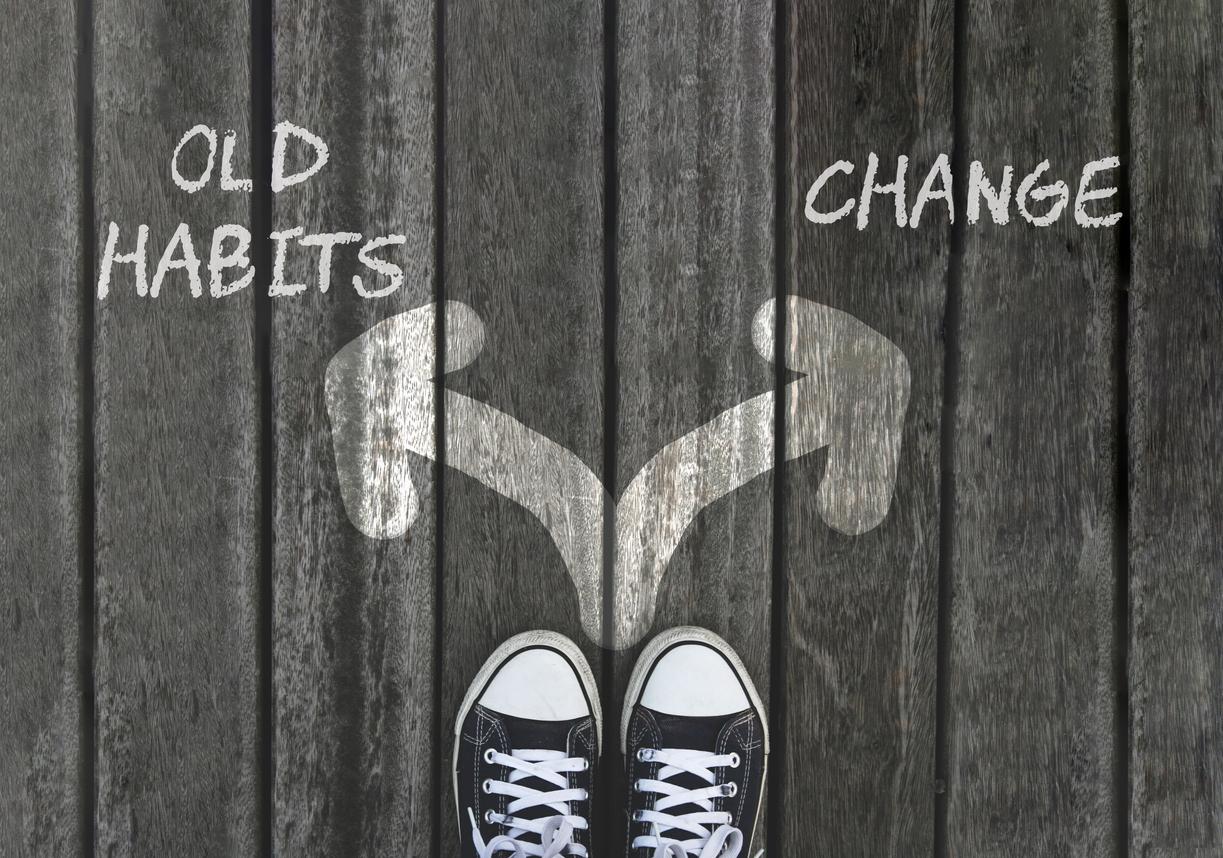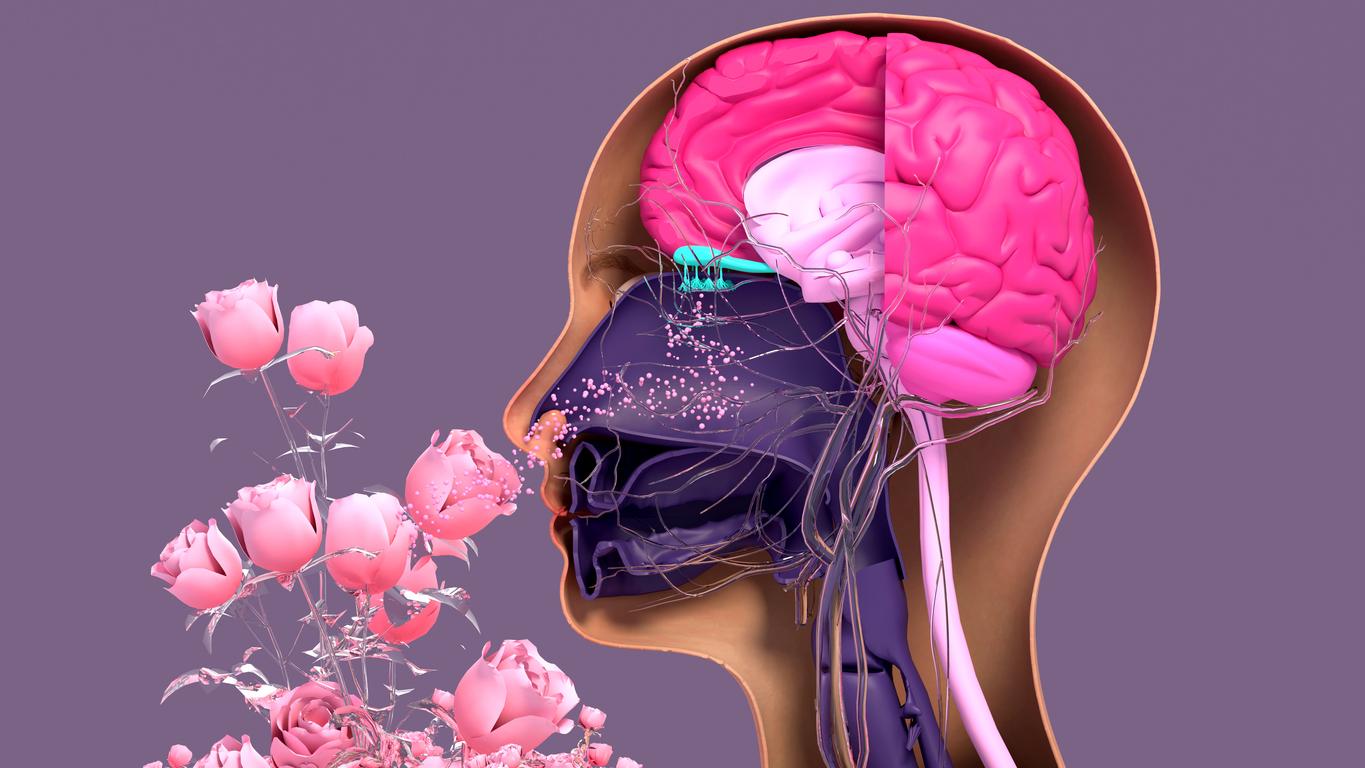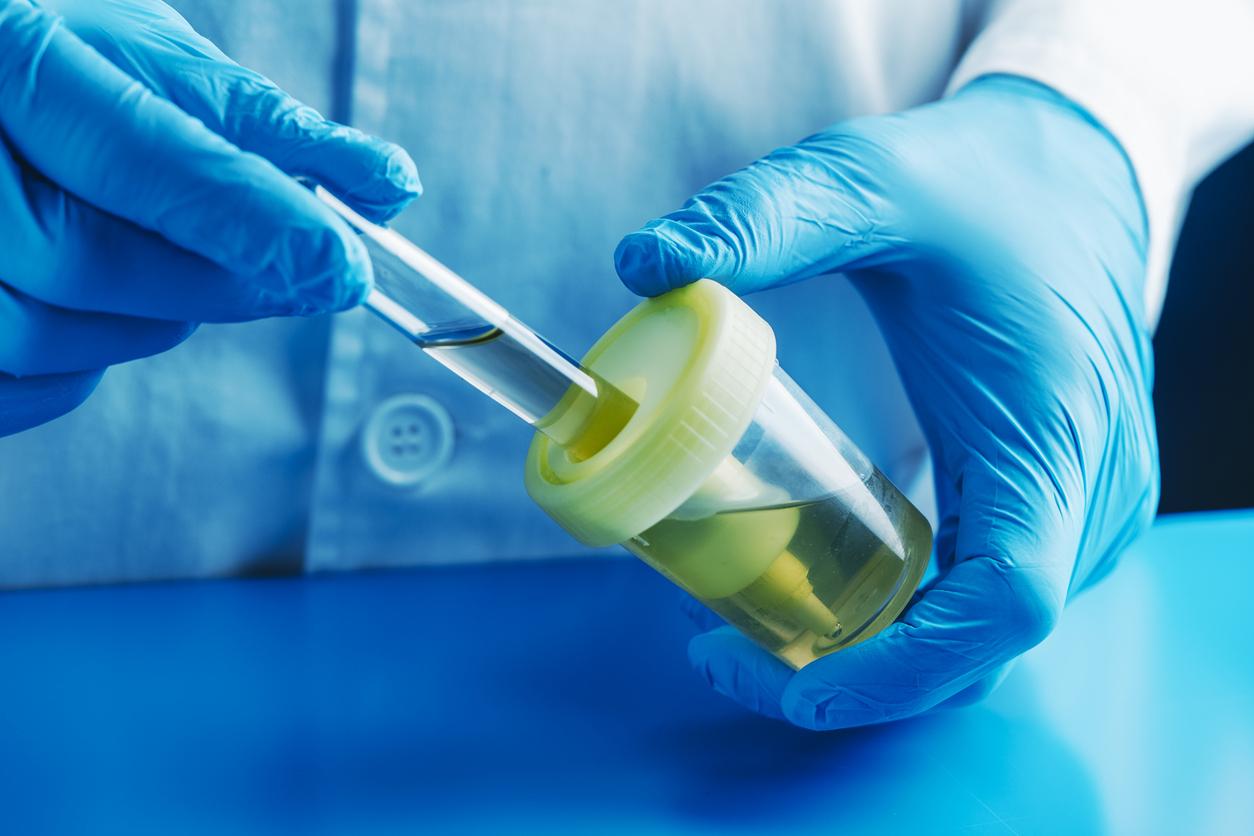A microbiologist points out that hot tubs are breeding grounds for bacteria and represent a danger to our health.

- During the pandemic, hot tub sales increased.
- Swimming in these pools is not recommended for children under the age of 6.
Spa, gym, hotel… In these different places, there are jacuzzis. In general, we immerse our bodies in these basins, equipped with a device causing eddies in the water, to bask. However, these can also be used to alleviate and treat joint inflammation in people with rheumatism and osteoarthritis.
“The warmth of water naturally widens blood vessels, which helps our muscles relax and relieves aching joints. As well as being physically comforting, a sense of psychological well-being can also be created by water. warmth and the company of those who share the bathing experience”, points out Primrose Freestone, microbiologist at the University of Leicester (United Kingdom), in a publication by The Conversation.
Bacteria, viruses: a high risk of infections in hot tubs
Although these whirlpools make us feel better, they can pose a danger to our health. “Everything on our skin gets deposited in the hot water swirling around us. hot water, you risk inhaling or swallowing bacteria, viruses and fungi from the body of your partner who is in the hot tub”, explains the researcher. The more people there are in a hot tub, the higher the levels of excrement and sweat present in the water.
How do you know if a hot tub is full of germs?
When swimming, having sore eyes can indicate that a hot tub harbors bacteria, viruses and fungi. When urine and sweat mix with the chlorine used to disinfect the water in hot tubs, it creates an irritant, a chemical, called “chloramine”, which is responsible for eye pain. Another warning sign is a strong odor emanating from the pool. The more people in the hot tub deposit their bodily fluids, the stronger the smell of chloramine. This means that the levels of germs present in the water are high.

















